
The first time I heard about the Camino de Compostela, it sounded to me like Chaucer’s Canterbury Tales. The route of the pilgrimage isn’t the actual route of Spain’s Camino, but some things have remained the same, despite the passing of eons.
The Camino de Compostela is a 300 mile trek that starts in France and wends its way across the top of Spain, to the town of Santiago de Compostela.
It ends up at the shrine of Saint James the Great, now the city’s cathedral. In English, the Camino de Compostela is called the Way of St. James, a Catholic pilgrimage route originated in the 9th century.
[pullquote]
Public viewings of “Walking the Camino” are in Chicago starts July 11
o Gene Siskel Film Center — 164 N State St. Chicago, IL 60601
Special Q+A with Co-Producer/featured pilgrim Annie O’Neil on 7/11 — after 6:00pm, 8:00pm screenings and on 7/12 — after 3:00pm, 5:15 p.m., 8:00 p.m screenings[/pullquote]
Director Lydia B. Smith has walked as a pilgrim, and returned to make a beautiful documentary about a cast of pilgrims that rivals Chaucer’s though they are a lot more honest and less bawdy than the Chaucerian band. It’s playing at Gene Siskel Center, and would make a wonderful summer evening’s viewing. I’ve been in that part of Spain, and the movie shows off the beauty and lushness of its mountains and small villages that seem unchanged by time. She weaves the stories of the diverse walkers into an interesting story, and while the movie is inspiring it avoids religiosity.
The camino is walking path, not a road or highway. It is dotted with refuges, which are like hostels where walkers can stay. While it was originally a religious rite, and still remains a Catholic ritual, the town is now a UNESCO historic site, and people who aren’t Catholic or even religious, often undertake to walk the camino. The trail is open 12 months a year, but many who choose to walk it do so in the spring and fall to avoid the intense summer heat and harsh winter conditions according to the film’s website. It describes the experience this way:
The Camino provides a structure with no agenda where one can develop themselves from the inside-out. Walking for miles with only nature and their thoughts for company, pilgrims are forced to step out of their comfort zones, look inward and examine their fears, insecurities and prejudices toward others.
The Camino is a great equalizer, where our differences become irrelevant and our similarities more apparent.
Pilgrims (as participants are called) are not obligated to walk the entire length. One can walk any or all of the 500 mile distance, start and stop wherever you like, move at your own pace, and make the journey solo, with companions or as part of an organized tour. The entire journey can be completed in 30 to 35 days if you are able to walk 14 — 16 miles (23 — 27 kilometers) per day.
Coming to Gene Siskel Center
Coming to Gene Siskel Center
[pullquote]A pilgrim who made the walk in 2013, tploomis, noted that “I reread The Canterbury Tales just before doing the Camino last year, and it was a great preparation for the Camino. Chaucer captures perfectly that sense of people from all walks of life with different points of view and different life experiences joined together in a common activity and purpose. Like The Canterbury Tales, each of the pilgrims on the Camino had their own “tale,” and it was just as fascinating to hear their tale as we all headed toward Santiago.”[/pullquote]
The documentary, just like the Camino itself, aims to “create this sense of global community and spark a dialogue about life’s biggest questions. Amid a time of considerable social malaise, Walking the Camino will illuminate what enables us to transcend the perceived boundaries of race, language, social status, age, faith and nationality, and remind us of what is best about being human.”
Watching this documentary is a peaceful and beautiful way to spend an hour or so, and it will give you pause to consider what road you are taking in your life, even if you never make it to Spain and Santiago de Compostela.


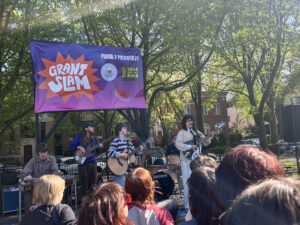



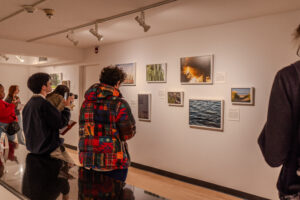
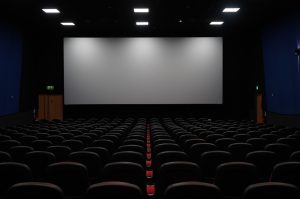
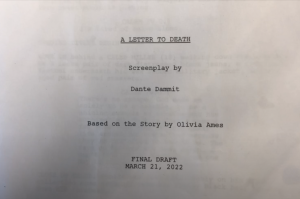


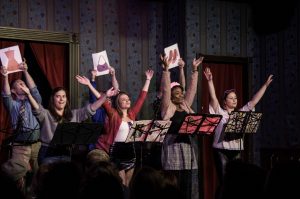

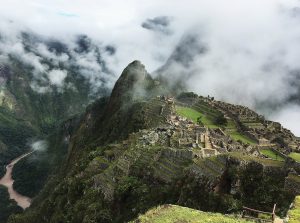
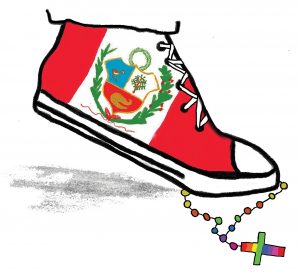


Be First to Comment